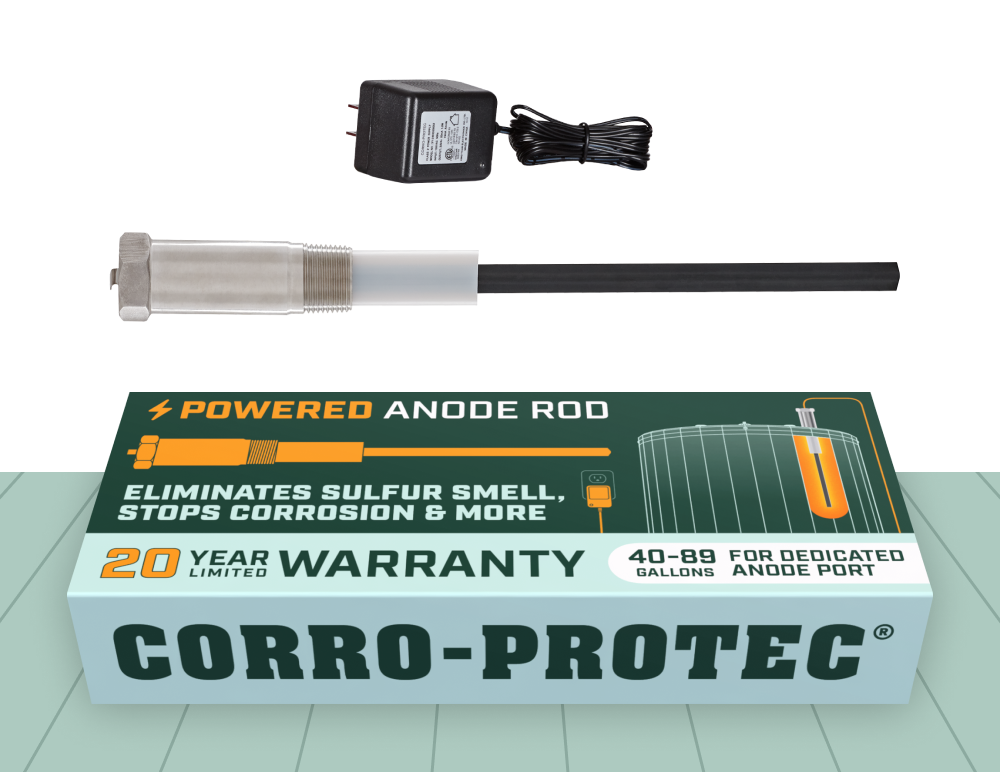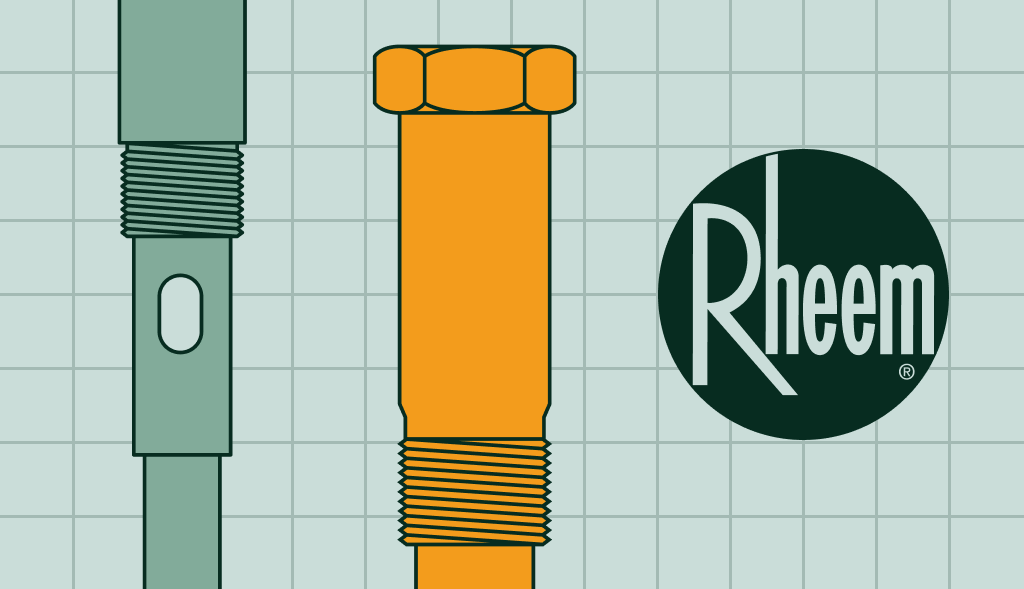When to Upgrade to a Powered Anode Rod?

If you’ve ever wondered, “Where is the anode rod on my water heater?” you’re not alone. Homeowners often feel confused and are left searching when they need to inspect, replace, or upgrade this crucial part.
The short answer: the anode rod is most commonly located at the top of your water heater, under a hexagonal head or plastic cap. Sometimes the anode rod might also be covered by an insulation that will need to be removed. In some models, however, the rod may be installed in the hot water outlet.
The exact location depends on the type and brand of your water heater.This guide explains typical anode rod locations, how placement varies by heater type and brand, and what to do if you can’t find yours.
Anode Rod Location by Tank Manufacturer
A.O. SMITH WATER HEATER
Typically top-mounted, often hidden under a plastic cover. Click the button below to find where yours is located and find which is the best anode rod for your water heater.
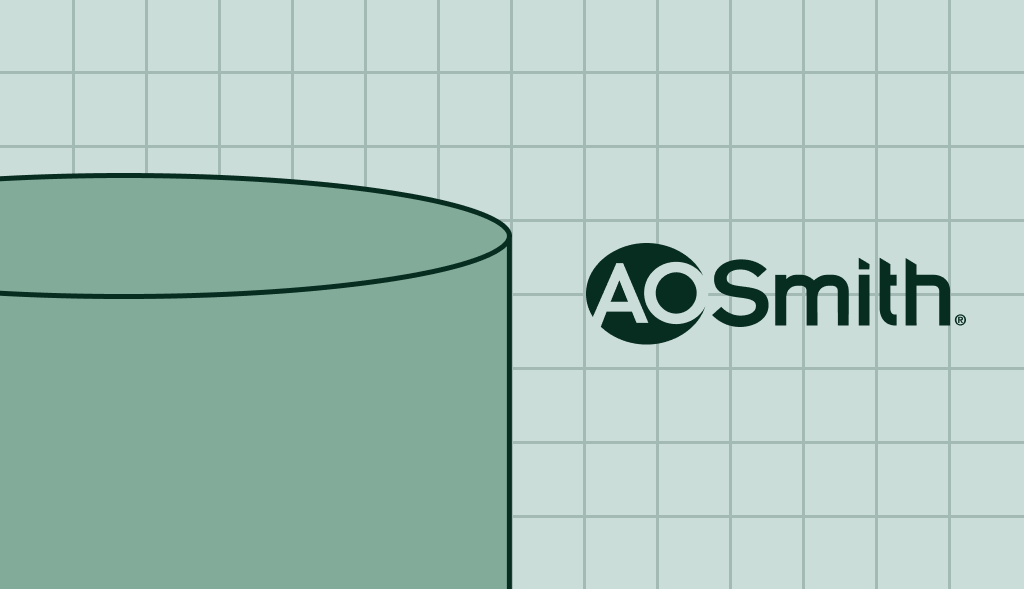
BRADFORD WHITE WATER HEATER
For most Bradford White models, the anode rod will be found in the hot water outlet. Click the button below to find where yours is located and find which is the best anode rod for your water heater.
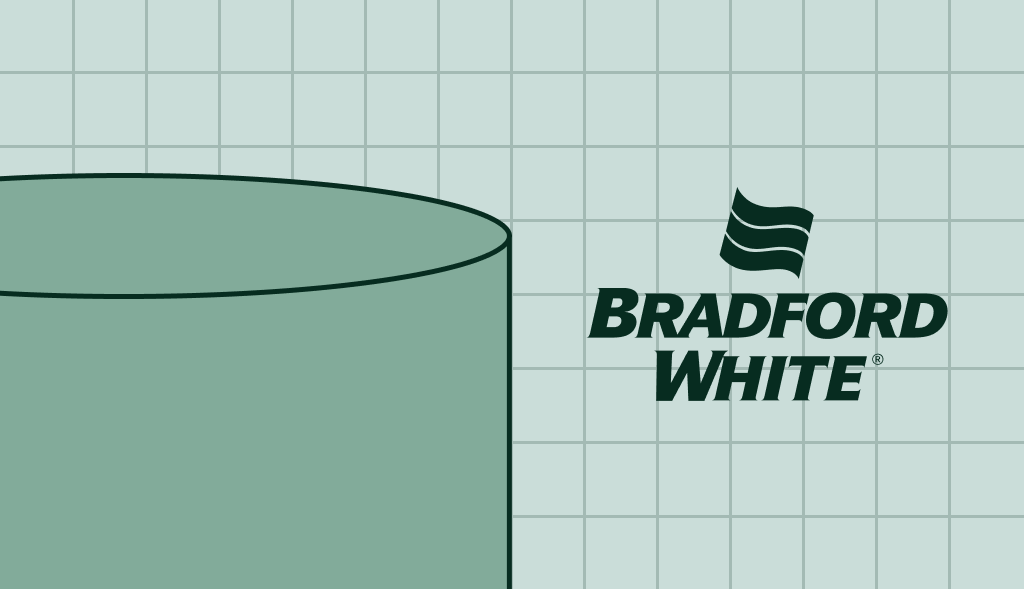
RHEEM WATER HEATER
Usually top-mounted; some larger tanks include a secondary rod in the outlet. Click the button below to find where yours is located and find which is the best anode rod for your water heater.
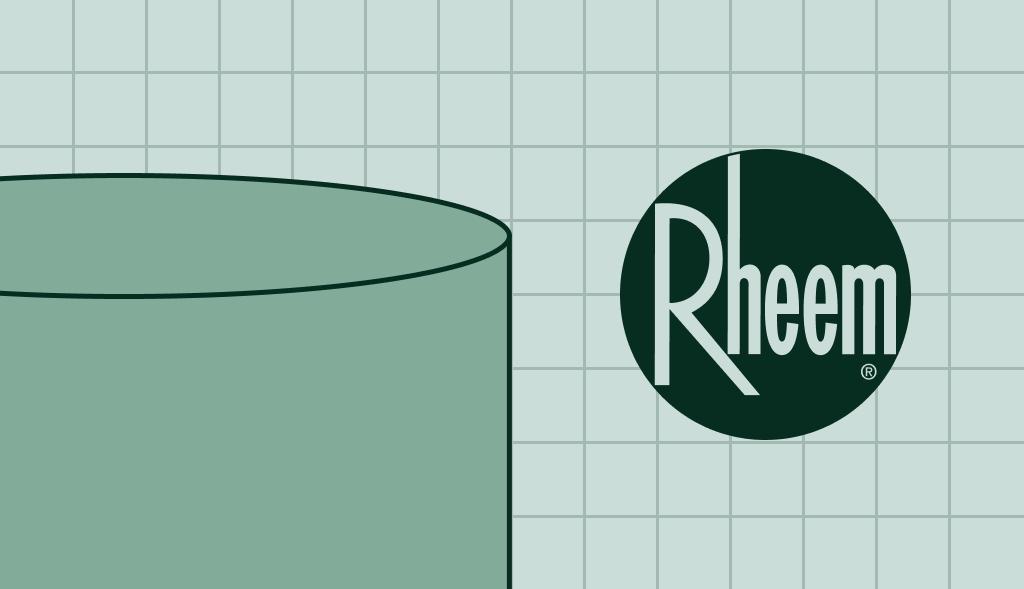
RELIANCE WATER HEATER
Typically top-mounted, often hidden under a plastic cover. Click the button below to find where yours is located and find which is the best anode rod for your water heater.
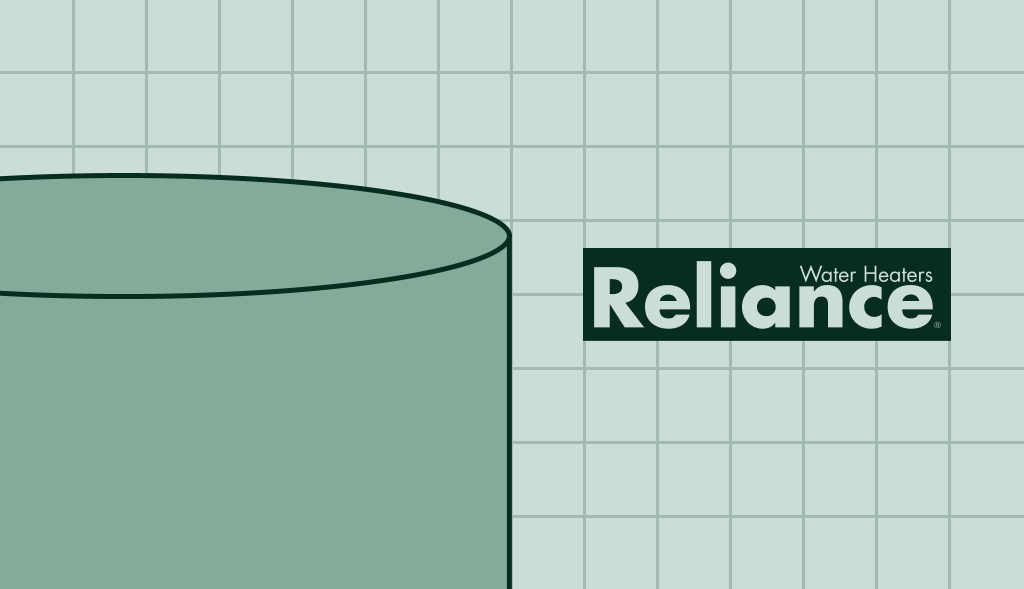
WHIRLPOOL WATER HEATER
Typically have top-mounted rods.
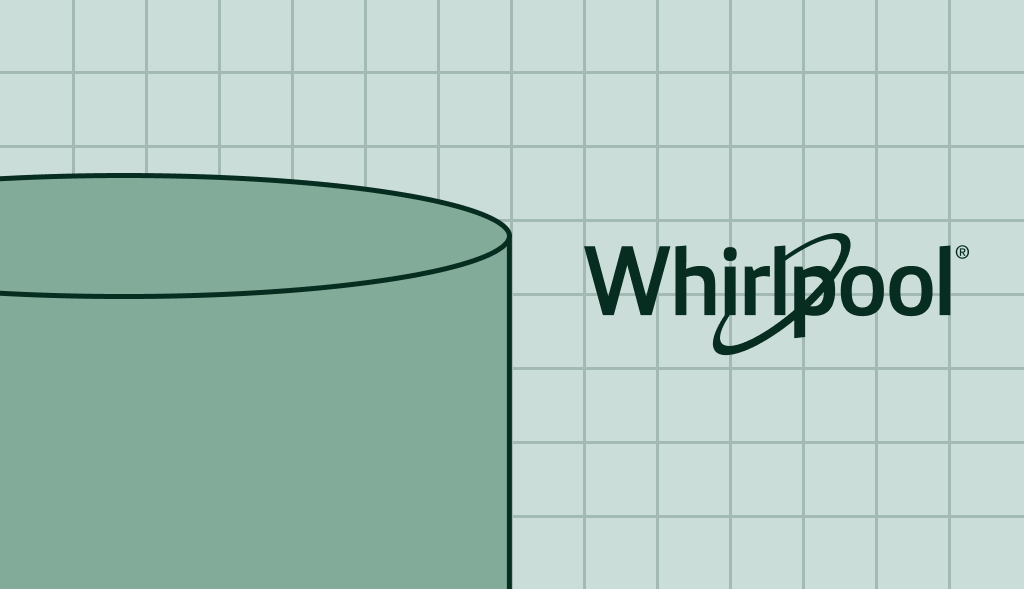
By learning the location, you can inspect, replace, or upgrade your rod to extend the life of your water heater. And if you’re ready to make the switch, consider upgrading to a Corro-Protec Powered Anode Rod for long-lasting protection and peace of mind.
Typical Anode Rod Locations
Most water heaters have a single sacrificial anode rod. Its job is to attract corrosive minerals and protect your tank from rust.
- Top-mounted rod (most common): Found under a hex head or a plastic plug on the top of the tank.
- Hidden rod (called integrated rod or hot water outlet): Sometimes integrated into the hot water outlet pipe.
Anode Rod Location by Water Heater Type
The placement varies depending on whether you have an electric, gas, hybrid, or tankless model:
- Electric water heaters: Usually top-mounted under a cap, although some models place the rod in the outlet.
- Gas water heaters: Typically top-mounted, under a hex head fitting.
- Hybrid water heaters: Often have more complex layouts; rods can be located in the filter top that needs to be removed to get to the anode rod.
- Tankless water heaters: In most cases, they do not have an anode rod because they lack a traditional tank.
Can’t Find Your Anode Rod?
Sometimes homeowners remove the top cover and still can’t find a hex head or plastic cap. Here’s why:
- Plastic or painted-over caps: Look carefully — it may be disguised under paint.
- Outlet rod design: Some newer heaters build the anode rod into the hot water outlet pipe.
- Older or specialty models: May not have a visible rod at all.
If you’re having trouble locating yours, our step-by-step guide on how to replace a water heater anode rod includes photos that may help.
Why Knowing the Location Matters
If you can’t locate the rod, you can’t check its condition. And if you can’t check it, your water heater may corrode and fail sooner than expected.
- Inspection: Checking the rod helps you spot corrosion before it’s too late.
- Replacement: You need to know the location to swap it out with a new one.
Upgrade opportunity: Instead of a standard sacrificial rod, you can install a long-lasting powered anode rod that protects your tank more effectively.
Summary
- On most water heaters, the anode rod is located at the top, typically under a hex head or cap. There is often a written anode marker located bese the cap.
- Some brands have anode rods located inside the water outlet.
- Some tanks may have two rods, whereas tankless systems typically do not have an anode rod.
Anode Rod Location FAQs
The anode rod is usually located on the top of the tank, under a hexagonal head or plastic cap. Some models place it in the outlet, and some tanks may have two rods.
Most tank-style water heaters do, but some stainless steel or tankless models may not.
Look for a hex head or plastic cap on the top of the tank. If you can’t find one, it may be integrated into the hot water outlet or missing entirely. Check your hot water tank installation manual for specific directions for your model.
In some water heaters, a secondary rod may be installed inside the tank for extra protection.
It will still work, but the tank will corrode and fail much faster. That’s why replacing or upgrading the rod is essential.
Blog
A.O. Smith Water Heater Anode Rod: Location and Replacement Guide
The anode rod protects your A.O. Smith* water heater from corrosion. Typically found on top under a plastic cap, it can be removed with a […]
Protect Your Rheem Water Heater: How to Locate, Choose and Replace Your Anode Rod
Rheem water heaters are a trusted name in home comfort. However, like all appliances, proper maintenance is key to longevity. One critical component is the […]
